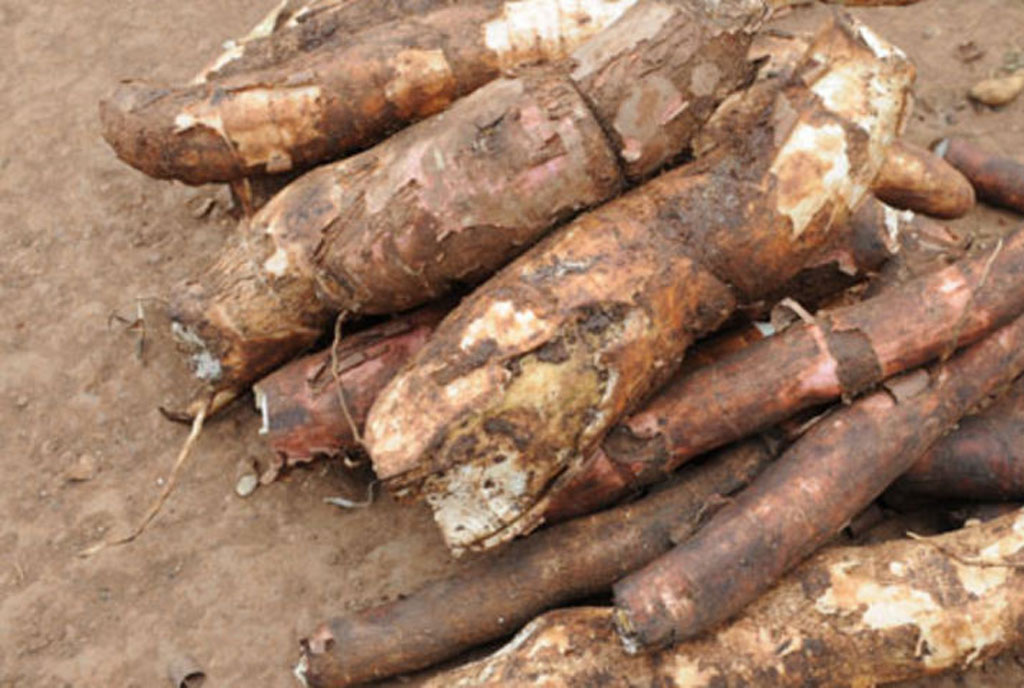Prime
Give cassava a seat on the high-table

Author, Winnie Nanteza. PHOTO/FILE/COUTRTESY
What you need to know:
- While many have for long considered cassava a crop for the poor, its consistent presence in urban market outlets and /or industrial use further challenges those thoughts!
During the national celebrations of the International Labour Day, President Museveni advised Ugandans to eat cassava instead of bread made out of wheat.
Ugandans have since had a field day, taking pun where it wasn’t intended, frowning, and creating barbs with all sorts of negative innuendo. All this at the expense of seeing cassava as the gold it is.
History has it that Muteesa I, the 30th Kabaka of Buganda, pioneered the introduction of cassava into Uganda in the 1860s. His vision was that every citizen should have a secured home-grown food. Indeed, cassava has for the past 160 years been a staple food for a significant number of Ugandans resident in rural and urban areas. This fact challenges members of the public demeaning the value of cassava. While many have for long considered cassava a crop for the poor, its consistent presence in urban market outlets and /or industrial use further challenges those thoughts! The on-going attention is giving cassava a place on the high table and deservingly so. This is why.
Uganda currently spends over $120m annually on importation of wheat for food to address the demand deficit, as Uganda only produces wheat on an estimated 16,000 ha. Adopting the use of cassava in the baking processes could significantly save dollars to import large quantities of wheat and the inflation that comes with it.
On the backdrop of increasing prices for basic household commodities, let’s not miss the opportunities presented by this unfortunate occurrence. Uganda produces about 4.2 million metric tons of cassava, with over 70 percent consumed locally; most of it, in its original form. This means that very little home-grown cassava goes to commercial processing. As much as it’s healthier and cheaper to eat cassava in its original form, it’s compelling to promote it as such, cassava can be processed into several elite snacks and pastries.
Such interventions, once sustained, would greatly increase the competitiveness of the cassava value-chain and thus benefit society. The world cassava market, where cassava products are sold in different forms, is worth over $4 billion US dollars.
But what puts cassava at the forefront? Cassava’s vegetative nature (clonal cuttings), tolerance to marginal soils and limited rainfall, all combined with flexible harvesting schedules, elevate its popularity among smallholder farmers as compared to other crops. Cassava’s primary product, the starchy roots, can be processed into a wide array of products for food, feed and industry. On the other hand, young cassava leaves contain up to 25 percent protein and are a valuable source of iron, calcium and vitamins.
The inherent combination of these nutrients in the leaves further increases its popularity and thus making leaves a constituent part of the diet of several African countries including Rwanda and Democratic Republic of Congo.
Few Ugandans consume cassava leaves and thus miss out on its nutritive value. This explains the significance of cassava and thus justifies interventions aimed at increasing and/or optimizing its productivity and utilization.
As of this writing, seven aspects characterize the cassava sub-sector in Uganda: 1) cassava is grown by ~7.4 million people majority of whom are women on smallholdings; 2) the crop is popular among smallholder farmers owing to its flexible harvesting times and food and non-food products to which its starchy roots and/or leaves can be subjected to; 3) upon harvest, inefficient cassava processing and storage methods are commonplace; 4) the crop suffers from acute and variable on-farm productivity owing to an array of biotic and abiotic constraints; 5) drudgery is commonplace during, production, processing and marketing; 6) the crop has opened up new vistas for income generation arising from development new cassava-based products and/or industrial demand; and 7) limited extension services to support cassava production, processing and marketing.
The National Agricultural Research Organization (NARO) is aware of these impediments and thus continues to provide proven technologies including release more elite cassava varieties to replace inferior varieties and efforts are on to facilitate the bridging of farmers to the industry that utilizes cassava flour and/or chips.
Sustained robust financial investment in the cassava research for development, local capacity building, effective monitoring and evaluation and an enabling environment, will be critical to sustain Uganda’s cassava value-chain.
Winnie Nanteza is the Coordinator, NARO’s Uganda Biosciences Information Center based at National Crops Resources Research Institute , Namulonge




